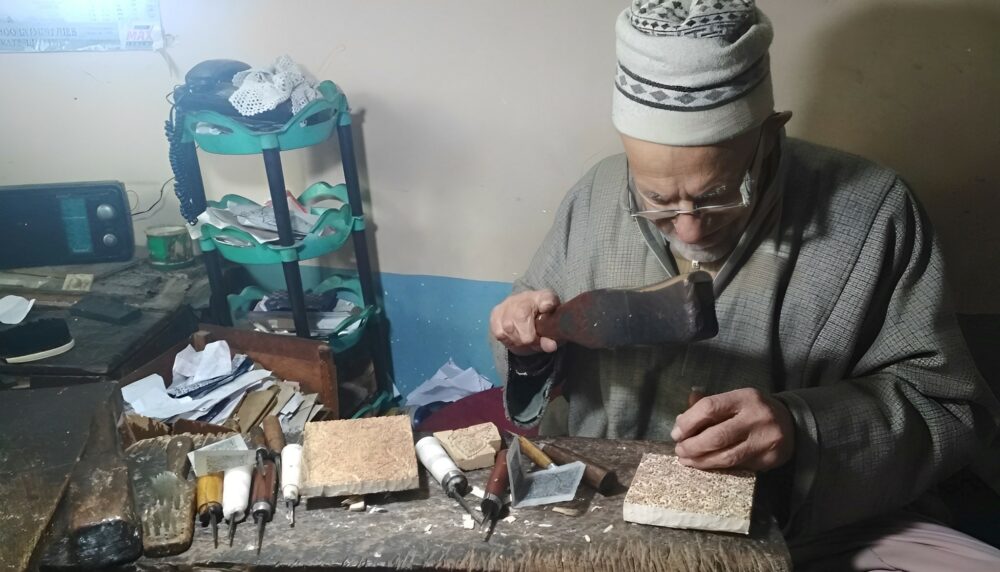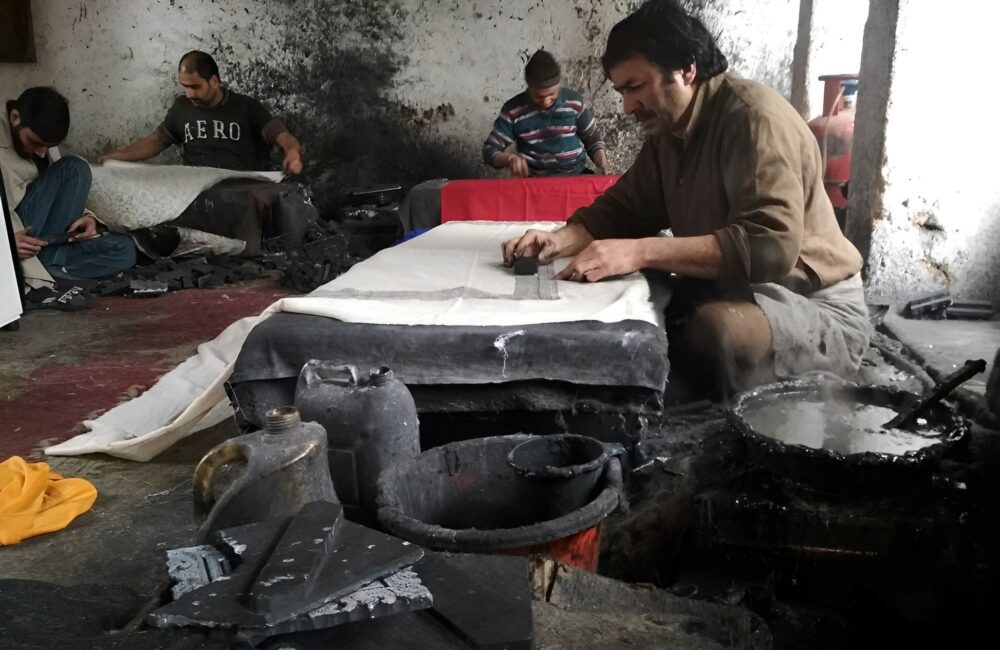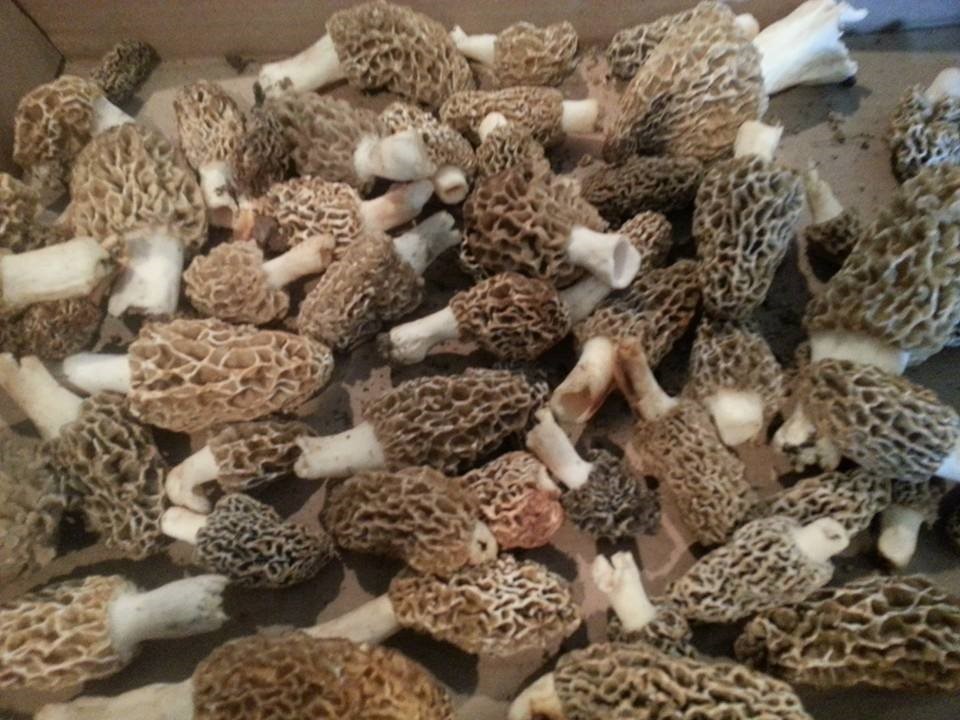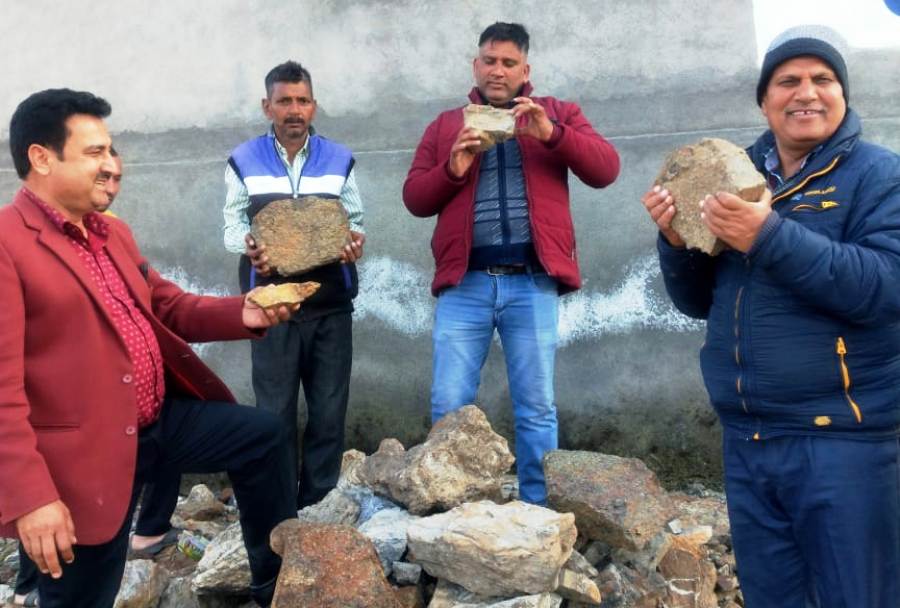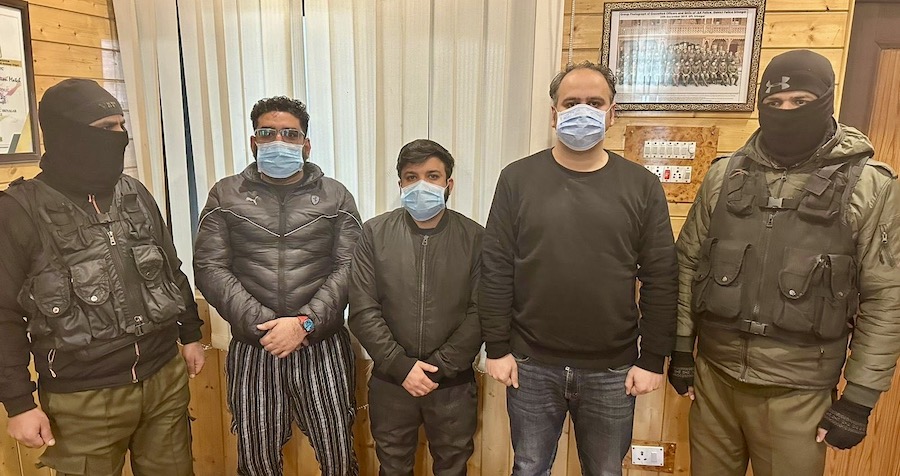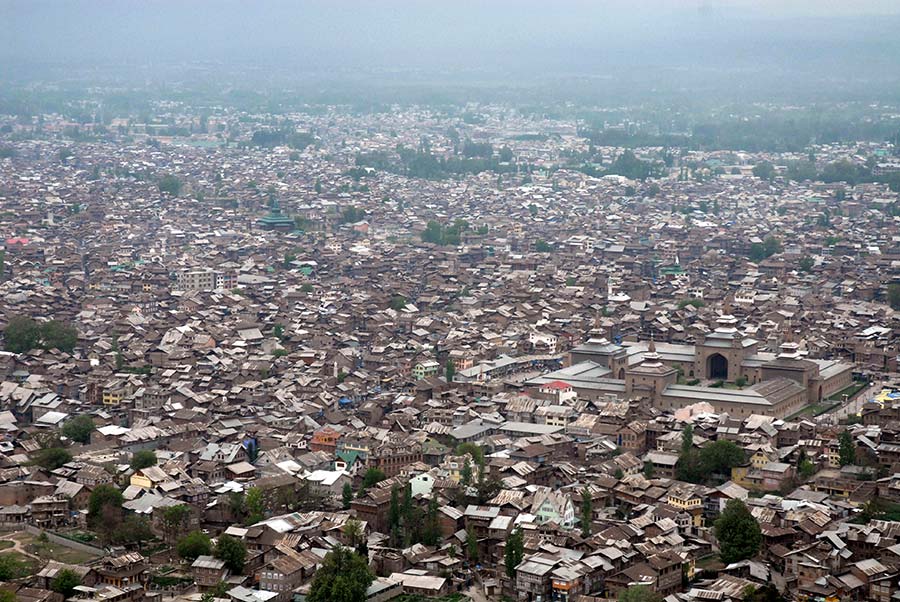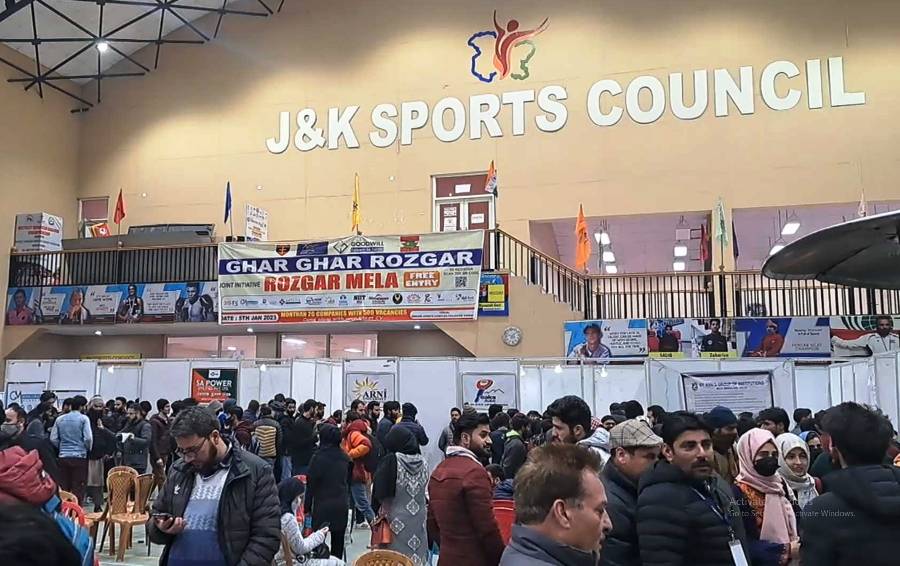[ad_1]
Drug abuse is already an epidemic. Earlier the drug abusers used to die silent death by overdose. Now, the resource-deficit addicts have started turning against their own relations, reports Raashid Andrabi

That the instant and unexplained deaths of young men could be the outcome of a drug overdose is the old story. The new story is more tragic. Desperate to have drugs and the means to manage the costs can push the addicts to kill their own family members, even the closest relations.
Kashmir has actually landed into a state of fear and disbelief, as a series of heinous crimes rocked the Vale. In a spate of horrific incidents, family members turned on each other. The tragedy is that a son was held responsible for killing his mother.
Data that the government has put in the public domain suggest nearly 10 lakh people in Jammu and Kashmir are victims of drug abuse. Cannabis addiction affects at least 1.44 lakh drug abusers, while opioid addiction is prevalent among 5.34 lakh men and 8,000 women, and sedative addiction among 1.6 lakh men and 8,000 women. Experts believe that these figures could be much lower than the actual numbers, as many drug users are hesitant to seek medical care or open up about their addiction due to fear of social ostracism.
Despite efforts to combat the epidemic, the problem seems to be getting worse. In 2022, a report by the National Drug Dependence Treatment Centre of AIIMS estimated the total number of drug abusers in Jammu and Kashmir at over 6 lakh, placing the erstwhile State fifth in the country among all States and Union Territories. Another study, conducted in December 2022, ranked Kashmir second among the States and Union Territories in the country for drug abuse, ahead of Punjab.
The impact of drug addiction is evident across the region, with reports of violence, crime, and broken families. The recent spate of homicides has only served to highlight the devastating consequences of this epidemic. Families are torn apart, and communities are left in fear and disbelief, as the people of Kashmir struggle to come to terms with the reality of the situation.
Ashmuqam Murders
The air was thick with tension as the news of the heinous crime spread like wildfire through the narrow alleys of Anantnag. Javaid Ahmad Rather, a successful baker, had committed an unforgivable act of violence against his own family and neighbours.
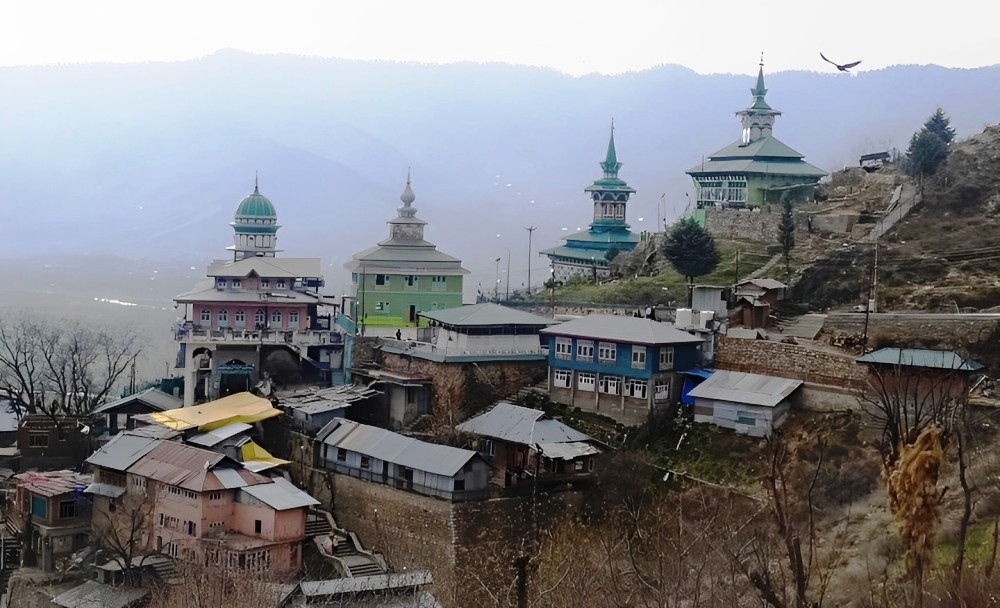
On a chilly Friday morning in December 2022, the small town of Ashmuqam was abuzz with rumours of an incident involving one of its residents. Rather, a man known for his excessive drinking and drug use had apparently lost his sanity under the influence of a faith healer. The news quickly spread like wildfire, and people started to speculate about what could have possibly driven him to such madness.
Some claimed that the faith healer had given him powerful drugs, while others believed that he had cast a spell on him.
Rather’s father vehemently denied these accusations, insisting that his son was not a drug addict or a drunkard. He spoke of Rather’s success as a businessman, with three traditional bakery shops in Pahalgam that were managed by ten people. However, there was no denying the horror of what had occurred.
Rather’s father had just returned from Pahalgam, where he had gone to bring his son back home. Rather’s father claimed that the faith healer had asked them to sacrifice a sheep, but he did not know what had made his son lose control.
It started with Rather hitting his father on the head, sending him reeling to the ground. Rather then took his mother, Hafiza Begum, on the pretext of visiting a shrine. But instead of seeking blessings, he attacked her with a cane, causing her to die on the spot. The blood-curdling screams of Rather’s mother echoed through the quiet streets, alerting the neighbours who rushed to help.
But the horror had only just begun. Rather, now completely out of control, began targeting everyone in the area. Mohammad Amin Shah and Ghulam Nabi Khadim, two of Rather’s neighbours, were caught in his path of destruction and were brutally killed.
As the town’s gossip mill went into overdrive, the local police were called in to investigate the incident. They managed to apprehend Rather, but not before he had injured six other people. Shockingly, it was later revealed that Rather had been detained by the police just a day before the incident when he was seen roaming naked in the market carrying a bottle of liquor.
A Mother’s Murder
Anantnag’s Kehribal village was plunged into darkness when a shocking incident came to light. In what can only be described as a heinous crime, a 45-year-old woman named Razia Akther was brutally murdered by her own son and his accomplice, all for the sake of money. The victim Razia was hit on the head with a stone by her own son, Aaqib, and his accomplice Adil. The duo had allegedly hatched a conspiracy to steal money from Razia, but it ended up in a brutal murder.
The initial incident was thought to be an accidental fall from a concrete slab, but police investigations revealed that it was indeed a murder.
 On October 21, details revealed police recovered the body of Razia and rushed her to GMC Anantnag for treatment, but the doctors declared her brought dead. The prolonged matrimonial dispute and various allegations and counter-allegations in societal circles made the police suspect foul play. They initiated proceedings under section 174 CRPC and took the body into possession for medico-legal formalities.
On October 21, details revealed police recovered the body of Razia and rushed her to GMC Anantnag for treatment, but the doctors declared her brought dead. The prolonged matrimonial dispute and various allegations and counter-allegations in societal circles made the police suspect foul play. They initiated proceedings under section 174 CRPC and took the body into possession for medico-legal formalities.
In a quick follow-up to the murder, it was Aqib, the son, holding the microphone and telling on camera the details of how his grandparents actually killed his mother. With emotional outbursts, he had successfully managed to hoodwink society.
As the cops started investigating the case, the cat was out of the bag. Police found Aqib and Adil responsible for the murder. They had hatched a criminal conspiracy to snatch money from the deceased. As she refused to yield, Aqib smashed his mother and punched her. Later, they tried to portray the murder as an accidental death and even created a fake crime scene.
Both accused fled away from the spot along with the snatched money. They even got the victim admitted to the hospital with the assistance of other family members. However, during further investigation, a disclosure memo was prepared, and the weapon of offence was recovered. An FIR has been registered under relevant sections of IPC.
The Sopore Shocker
The Sopore town was jolted by a horrific incident on a chilly March morning.
On March 30, Showkat Ahmad Ganai, a 32-year-old resident of Dangerpora village in Sopore, reportedly strangled his 70-year-old mother, Aisha Begum. A son, consumed by the dark grip of drug addiction, committed the ultimate betrayal by snuffing out the life of his own mother. The community is reeling from the shock of yet another senseless murder, which has left many questioning the corrosive impact of drugs on society and the lengths to which addiction can drive a person to commit the most heinous of crimes.
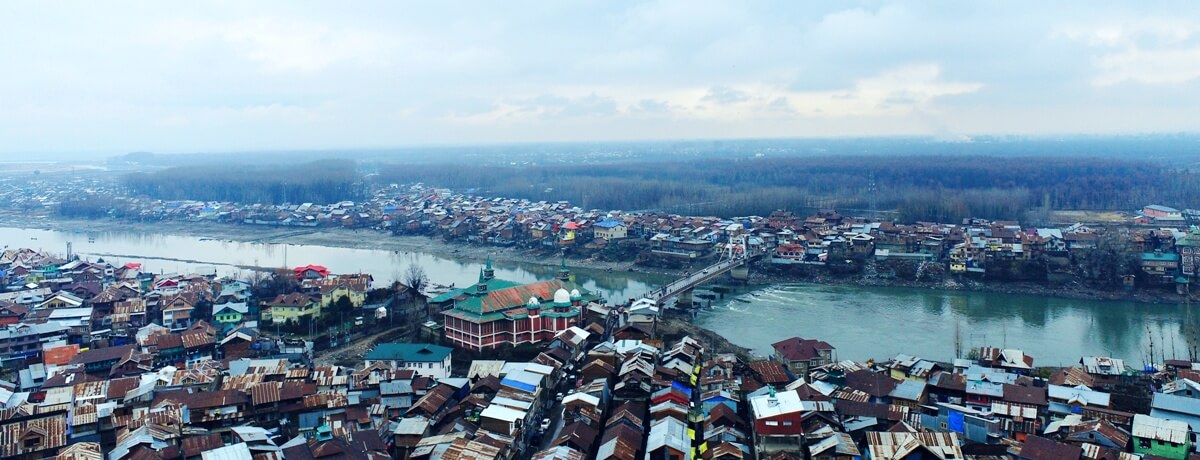
Speaking to the media, Showkat’s devastated sister said the family had always tried to steer Showkat away from his wrongdoings and get him on the right track. They had even scolded him when he was heading in the wrong direction, but in recent times, he had turned his life around, working hard and earning a good livelihood.
Showkat’s sister is still in disbelief about what could have happened to him and that he would resort to killing his own mother. She said that her brother had been very humble towards everyone around him, and everything seemed to be going fine until this incident occurred.
The killer’s sister is also grappling with the shock and cannot come to terms with what has happened. She expressed her wish that the police should catch Showkat and bring him to face justice. She went on to say that she wants to see him hanged in front of her, as that is the only justice that she can think of.
Larger Impact
With drug abuse as rampant as an epidemic, according to the police, a lot of crimes could be attributed to the addicts, who are always cash-starved. With some of them turning towards their family members, there is a possibility that they can kill others too.
While the authorities have been taking action against the suppliers – mostly the retailers, and making arrests on a daily basis, there is a requirement for snapping the supply chain. Officials have been consistently saying that the supplies are sourced from across the Line of Control (LoC) and various gangs including members of the security grid, have been arrested. However, the drug bazaar is still making a lot of money and on a daily basis; hundreds of families are getting devastated. Can Kashmir’s efficient security grid trace and squeeze the tracks that keep the drug supplies on?
(Photographs used in this report are representational and not linked, directly or indirectly, to the incidents mentioned in the report.)
[ad_2]
#Mother #Killers
( With inputs from : kashmirlife.net )

